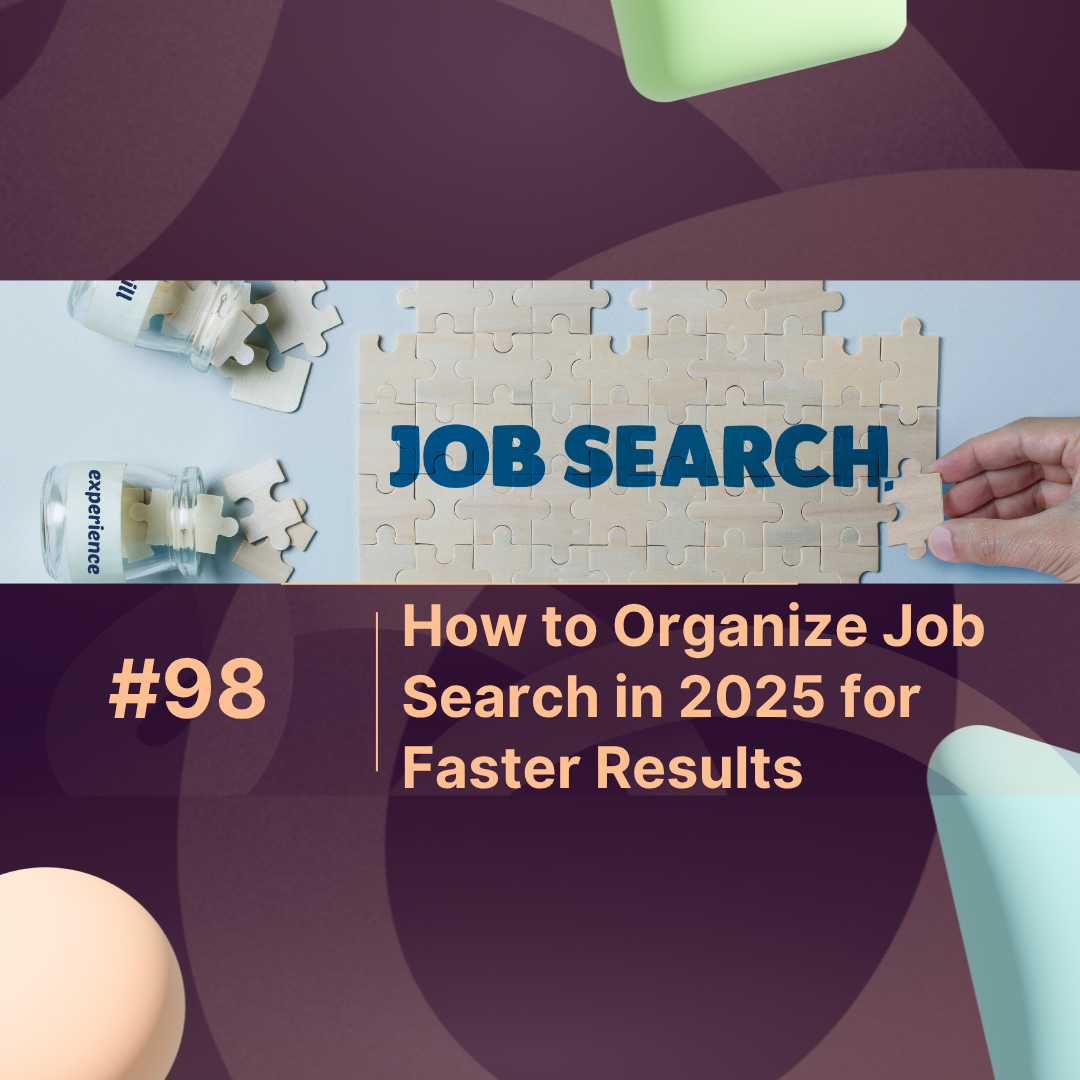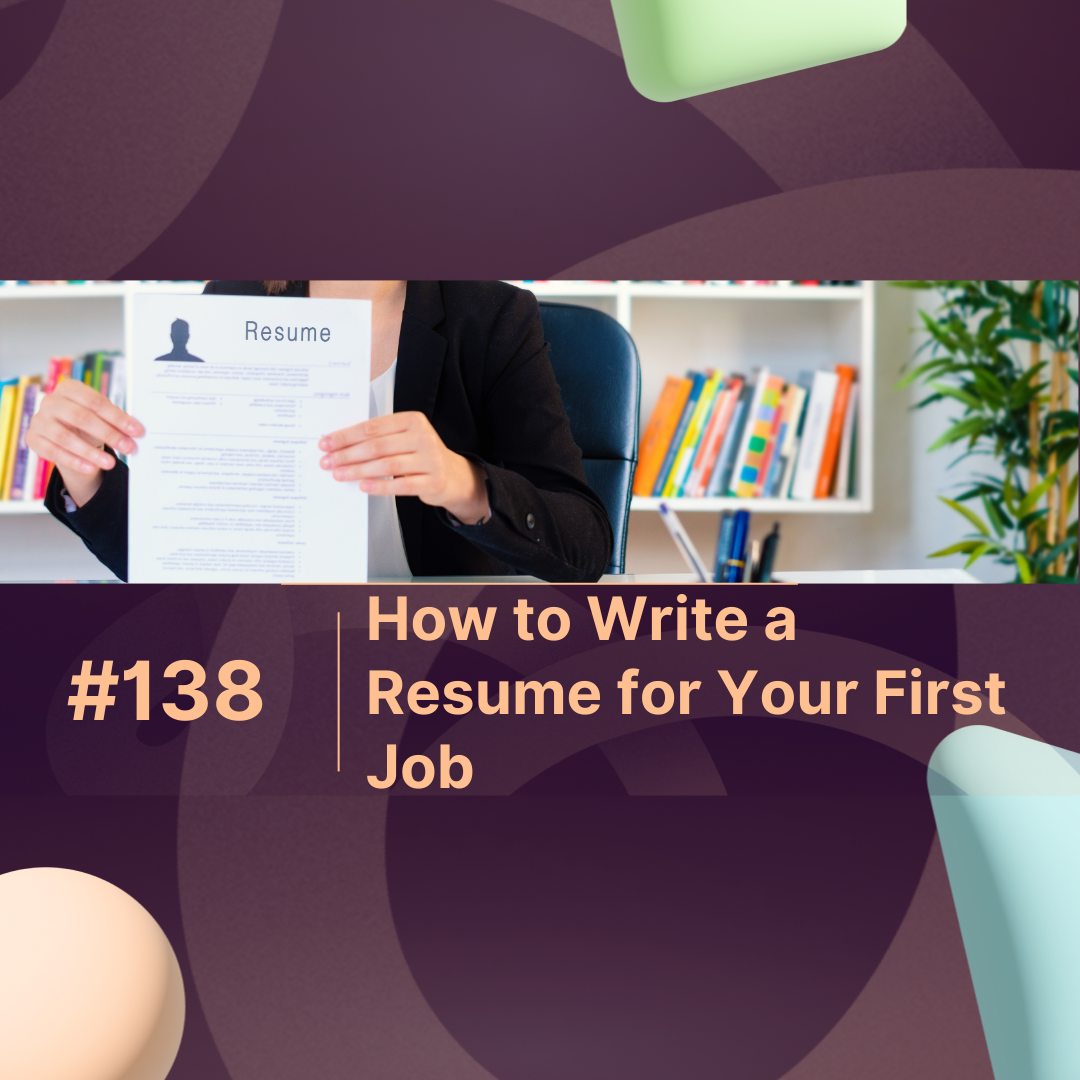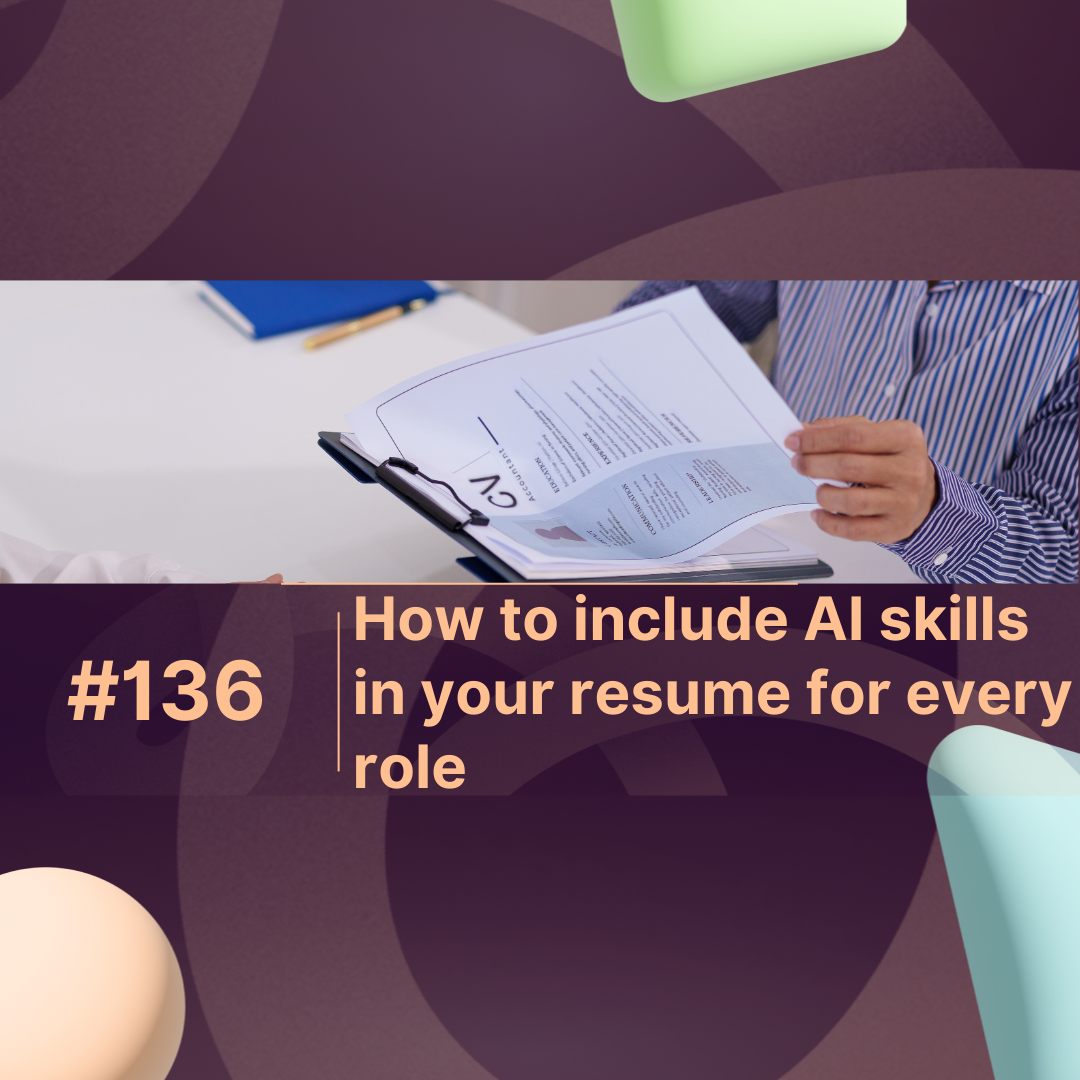Overview
Job searching in 2025 is no longer about sending hundreds of resumes it’s about strategy, structure, and smart digital tools. Learning how to organize job search can help you land interviews faster, stay consistent, and track your progress efficiently. With modern AI-driven platforms like MaxProfile and career automation tools, candidates can manage applications, optimize resumes, and follow up with precision.
In this guide, you’ll discover the best ways to organize your job search in 2025 using proven systems, data-driven tools, and productivity hacks that keep you focused and ahead of the competition.
Why Organizing Your Job Search Matters
A disorganized job hunt wastes valuable time and leads to missed opportunities. According to a 2024 LinkedIn report, 68% of professionals who structured their job search found employment 40% faster than those who didn’t.
When you organize your job search:
-
You track every application and follow-up.
-
You personalize resumes for each role.
-
You reduce anxiety and boost productivity.
Step-by-Step Guide to Organize Your Job Search in 2025
1. Define Your Career Goals
Before applying, clarify what roles, industries, and locations you’re targeting. Use AI-powered career tools to match your skills with market trends. Platforms like MaxProfile analyze your experience and suggest roles aligned with your goals, helping you prioritize quality applications over quantity.
2. Create a Centralized Job Tracker
A job tracker—Excel sheet, Notion board, or job-search app—keeps your efforts organized. Include key details like job title, company, application date, recruiter contact, and follow-up reminders.
Example Job Tracker Template:
| Field | Description | Example |
|---|---|---|
| Job Title | Role you applied for | Marketing Specialist |
| Company Name | Organization name | Growthify Inc. |
| Application Date | When you applied | Feb 10, 2025 |
| Status | Applied / Interview / Offer | Interview |
| Follow-Up Date | Reminder for next step | Feb 18, 2025 |
3. Optimize Your Resume and Profiles
Tailor your resume for each job by aligning keywords with job descriptions. Update your LinkedIn and professional profiles with recent projects, certifications, and measurable results.
Pro Tip: AI resume tools like MaxProfile offer real-time resume scoring to match specific job postings, improving your visibility with recruiters and ATS systems.
4. Use AI Tools to Stay Ahead
AI-powered job search assistants are transforming how candidates find and apply for roles. These platforms can:
-
Suggest suitable jobs daily.
-
Auto-fill repetitive application forms.
-
Track recruiter responses and deadlines.
-
Generate personalized follow-up emails.
Data Snapshot: Job Search Efficiency in 2025
| Strategy | Efficiency Increase (%) | Average Time Saved (per week) |
|---|---|---|
| Using AI Job Tools | 47% | 4–6 hours |
| Resume Optimization | 35% | 2–3 hours |
| Job Tracker System | 25% | 1–2 hours |
| Automated Follow-Ups | 30% | 3 hours |
5. Schedule Your Search Like a Pro
Treat your job search like a part-time job. Set dedicated time blocks daily for job browsing, applications, and networking. Consistency builds momentum—applying to 5–7 targeted roles per week yields better results than sending 50 random applications.
Suggested Weekly Plan:
-
Monday: Research roles & update resume
-
Tuesday: Apply to new listings
-
Wednesday: Connect with recruiters
-
Thursday: Follow up on previous applications
-
Friday: Review progress & update tracker
6. Build and Nurture Your Network
In 2025, nearly 70% of jobs are filled through referrals or networking. Attend webinars, connect on LinkedIn, and engage with thought leaders in your field. Tools like MaxProfile now include smart networking recommendations—suggesting professionals to connect with based on your goals and experience.
7. Follow Up Strategically
Don’t hesitate to follow up 5–7 days after submitting an application or completing an interview. A concise, polite email shows enthusiasm and professionalism—traits hiring managers value highly.
Example:
Hi [Name], I wanted to express my appreciation for your time earlier this week. I’m still very interested in the [Position Title] role and believe my background in [Skill/Experience] aligns well with your needs.
Conclusion
To stand out in 2025’s competitive job market, you must learn how to organize job search efficiently. From defining clear goals to leveraging AI tools and maintaining consistency, structure is your greatest advantage.
Modern platforms like MaxProfile make it easier than ever to manage applications, track progress, and build a professional presence all in one place. When your job search is strategic, not chaotic, you save time and land the right opportunity faster.
FAQs: Organize Job Search in 2025
1. What is the best way to organize job search?
Use a centralized job tracker (spreadsheet or app) to record every role you apply for, including deadlines and follow-ups.
2. How many jobs should I apply to each week?
Aim for 5–7 high-quality applications weekly that match your skills and interests instead of mass-applying to dozens.
3. What tools help organize job search in 2025?
Platforms like MaxProfile, Notion, and Trello help manage applications, update resumes, and track recruiter communications.
4. Should I tailor my resume for each job?
Yes. Use AI resume scanners to align your skills and achievements with the job description for a higher interview rate.
5. How long does it usually take to get results?
With a structured plan and consistent follow-ups, most job seekers see positive responses within 3–6 weeks.



